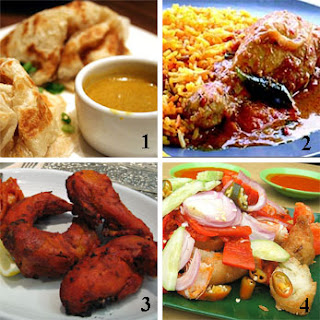
Straddling Peru and Bolivia, the travel wonder of Lake Titicaca (with an area of over 8,000 square kilometres or 3,000 square miles) lies at a oxygen-deprived 3,800 metres above sea-level (12,500 feet) making any activity for a visitor beyond a slow stroll quite a feat of endurance. For hundreds of years, the Uros people have lived peacefully on a handful of small islands made solely of reeds dotted within this huge lake. Nearly everyone, locals and visitors alike, seem to chew heartily on coca leaves, supposedly to combat the effect of altitude sickness. Though there is scant medical evidence, this South American equivalent of tiger balm also holds claims to combat the cold, fatigue and various other ailments.
Nearly everyone, locals and visitors alike, seem to chew heartily on coca leaves, supposedly to combat the effect of altitude sickness. Though there is scant medical evidence, this South American equivalent of tiger balm also holds claims to combat the cold, fatigue and various other ailments.
Living on a reed island brings some interesting new chores and challenges. Everyone seems to be fairly active either working reeds or preparing food. The leathery skin on the hands of the island women shows the years spent crushing grains with large smooth rocks.
As the reeds slowly rot away in the lake’s waters, there is an endless cycle of collecting, drying and spreading the reeds to build up the island. Fortunately the lightweight reed huts can be easily picked up and moved, a new reed floor being laid every few days. Exotic, viking-like long boats with giant dragon head fronts are also constructed from reeds and are used for transportation between the neighboring islands. Small stick and reed pens on the edge of the islands house fish which forms the staple diet of the Uros.
Exotic, viking-like long boats with giant dragon head fronts are also constructed from reeds and are used for transportation between the neighboring islands. Small stick and reed pens on the edge of the islands house fish which forms the staple diet of the Uros.
The Uros unashamedly encourage visitors, charging them for rides on their boats, to climb their watchtower (you guessed it, made of reeds), for souvenirs such as their colorful clothing and model reed boats and for snapping photos. This money assists them in buying other goods from the mainland.
The whole experience may feel somewhat voyeuristic but a few hours on the island provides a fascinating insight into this unique travel wonder, a chance to view a lifestyle so completely different from our own.
Footnote
Also worth a visit (and an overnight stay with a local family) is Amantani or Taquile Islands which have sustained subsistence farming families for generations. You may even get a chance to enjoy the Peruvian delicacy of cuy (guinea pig) which naturally enough tastes like chicken!!
Travel Guides for destinations worldwide. Our Travel Guides are the most comprehensive travel guides on the web written by professional travel experts over.
Rabu, 30 Oktober 2002
The Reed Islands (Lake Titicaca, Peru)
Indian Food Guide
The Indian food in Malaysia are often of hot and spicy flavors, the Indians’ staple diet usually consists of either rice or bread (charpatti, parrata, puri). They eat this with various curries. As in accordance with their Hindu beliefs, they do not eat beef. Usually Indian food is sold at the various local stalls and often ordered with a glass of teh tarik. Teh Tarik literally means “pulled tea”. The tea is thick and frothy. The preparation involves passing the tea and milk from one big metal mug to the other with a “pour and pull” action.
These Indian food are the MUST try:
1. Roti Canai (widely known as Roti Prata in Malaysia)
Indian Pastry Pancake – this is a very special layered pan cake made with flour and water. The fresh dough is kneaded and tossed in the air then folded into layers and cooked on a very hot iron plate. A side of curry is served for dipping the flaky pancake, usually a Malaysian Chicken Curry. The Roti Canai is the most commonly seen Indian food in Malaysia.
2. Nasi Briyani
This is a very traditional Indian food where the rice is cooked in goat butter and spices, Nasi biryani refers to the rice only cooked without the meat, and is a choice of to eat with your selection of curries and side dishes. The dish is assembled by layering the flavorful rice with tender pieces of spiced-cooked lamb, mutton or chicken, with a garnishing of slivered almonds and raisins.
3. Tandoori Chicken
Tandoori chicken can be found in all Mamaks (local Indian restaurants). Mildly-spiced spring chicken quarters are baked to tender succulence in a tandoor – a traditional Indian clay oven. A spicy mint sauce is usually served on the side with plain or garlic Naan bread. The finger licking delicious indian food!
4. Indian Rojak
My favourite Indian food – In Malaysia, Indian rojak contains fried dough fritters, boiled potatoes, prawn fritters, hard boiled eggs, bean sprouts and cucumber mixed with a thick, spicy peanut sauce.
